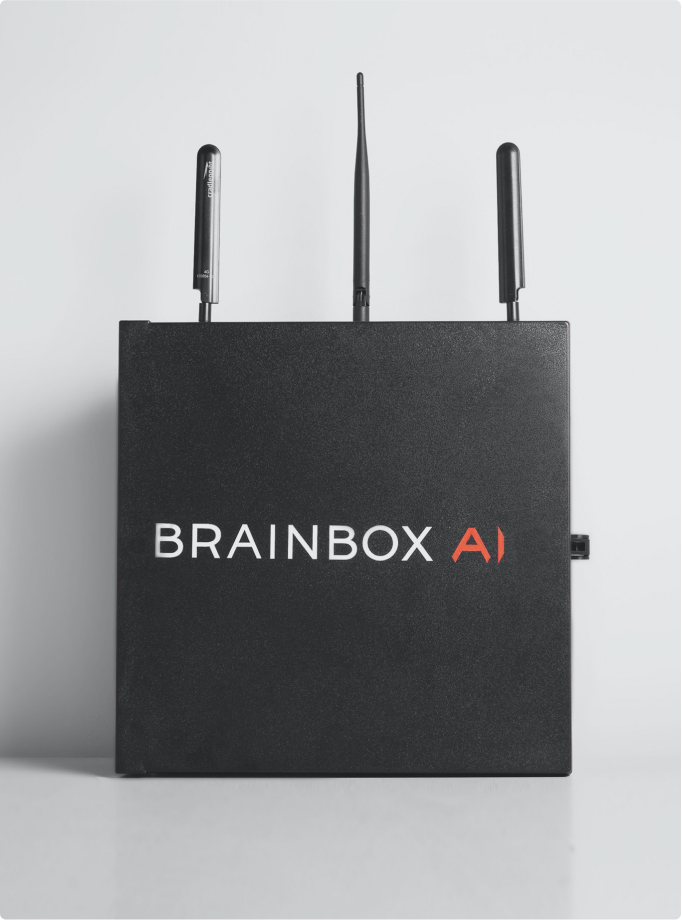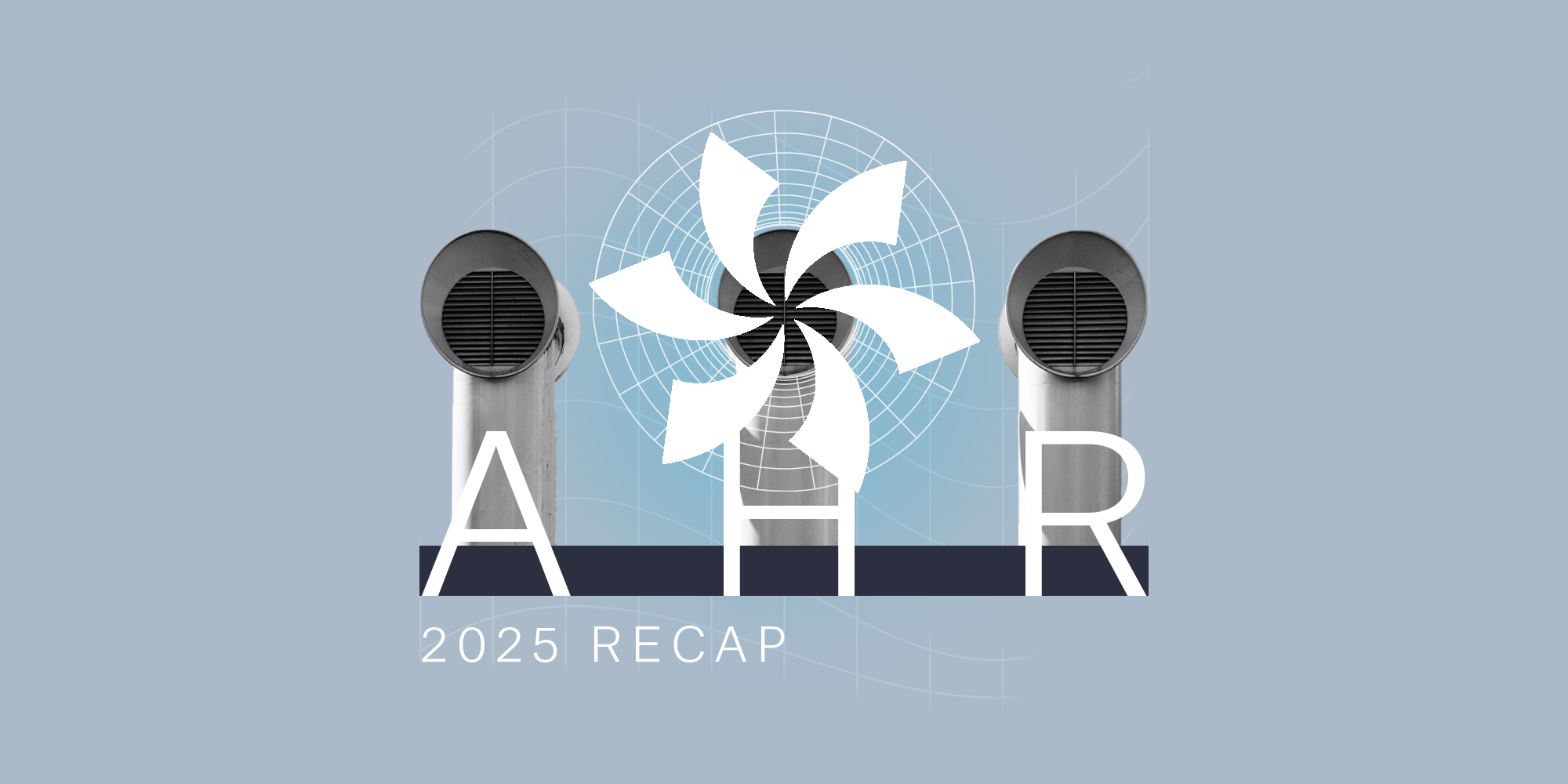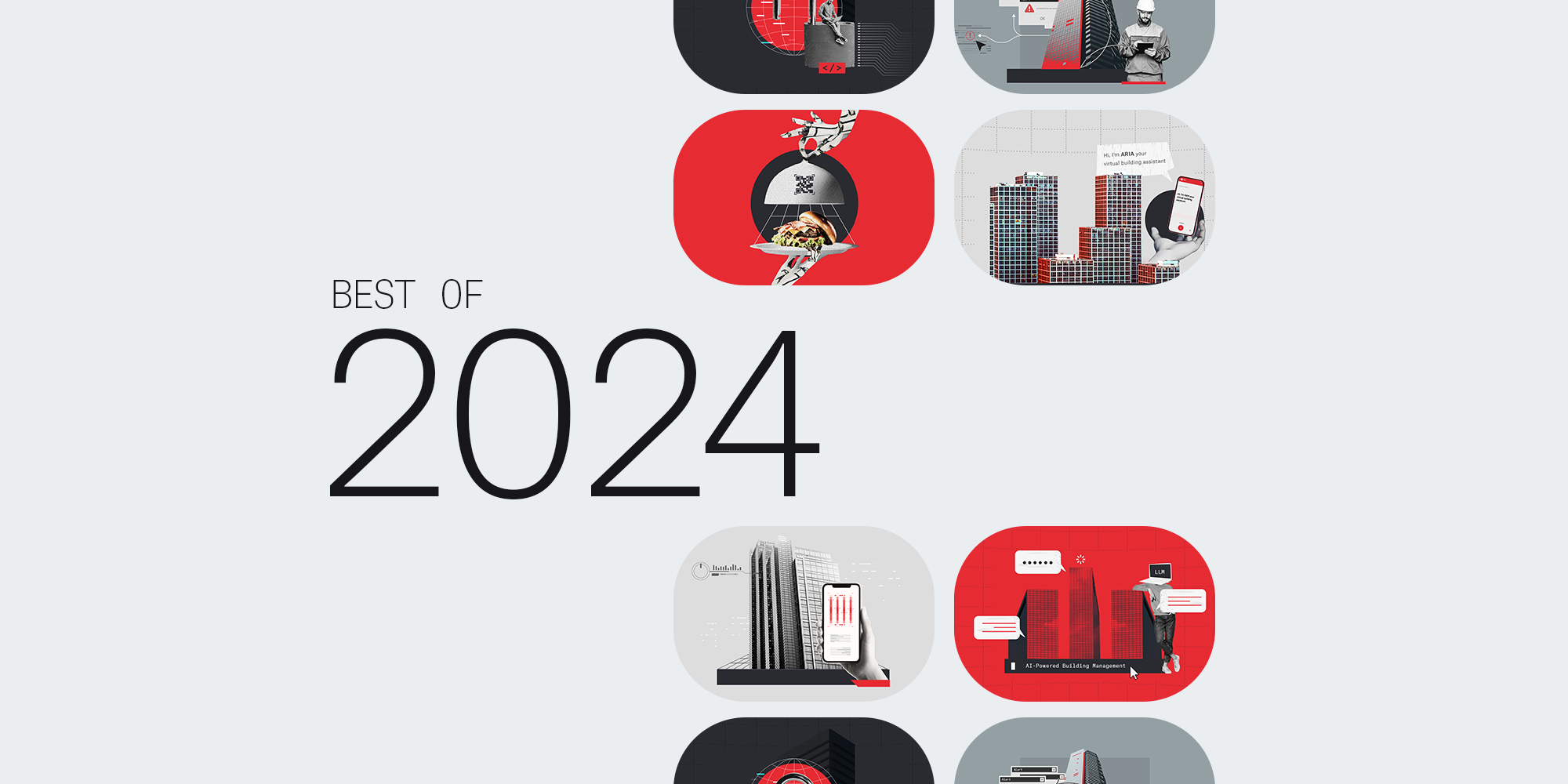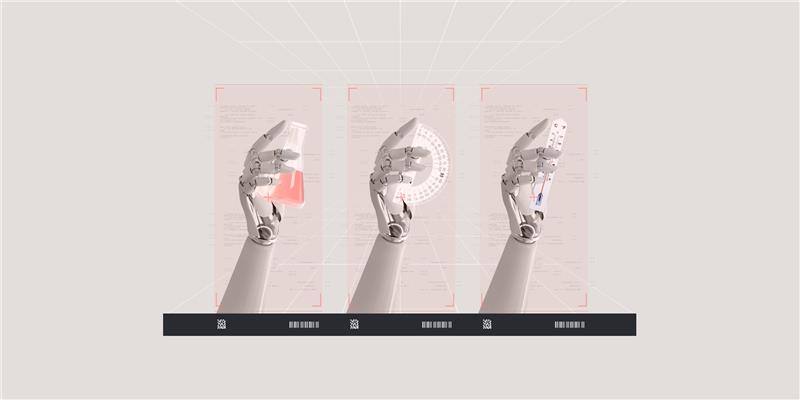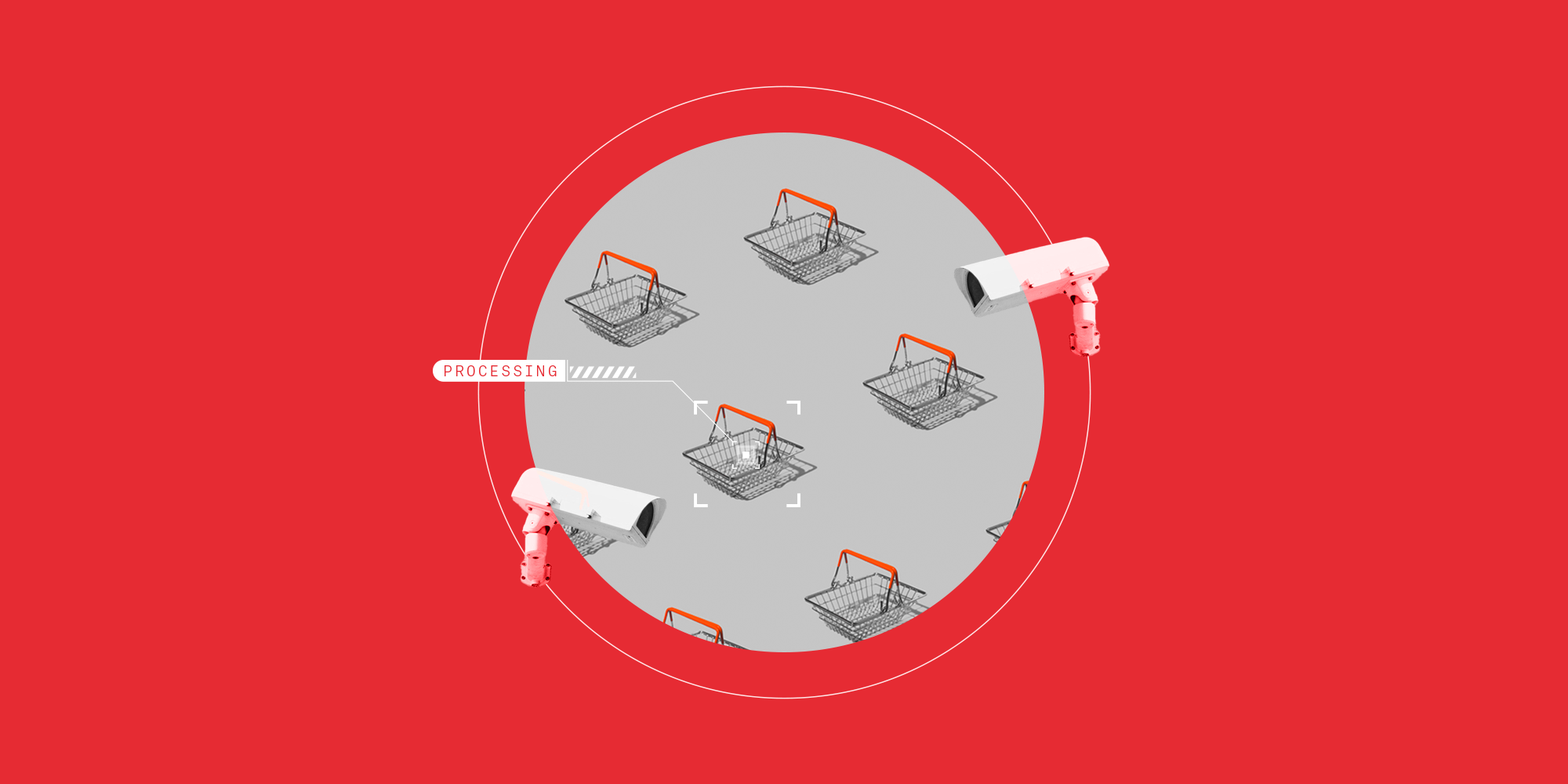Why the US needs AI to achieve Buildings Breakthrough goals

Key takeaways
- The Buildings Breakthrough initiative aims for near-zero emissions and enhanced resilience in US buildings by 2030.
- AI is crucial in achieving these goals, offering solutions for real-time energy optimization, predictive maintenance, and efficient integration of renewable energy sources.
- The Biden administration has aligned with these objectives through actions like proposing a federal definition for zero-emissions buildings and setting ambitious federal and national emissions reduction targets.
- Collaboration between tech startups, real estate firms, and policy support is essential for widespread adoption of AI-driven solutions to meet the initiative's targets.
Everyone’s talking about net zero buildings. This is thanks mainly to the recently proposed Buildings Breakthrough initiative, which aims for near-zero emissions and enhanced building resilience by 2030. These ambitious targets will be particularly challenging for countries like the US, where buildings account for nearly 40% of total energy consumption, and a similar percentage of CO2 emissions.
So how will committed countries like the US achieve the ambitious goals put forth by this new initiative? The answer lies in leveraging artificial intelligence (AI).
Breaking through to a new era for buildings
At the heart of the Buildings Breakthrough initiative, unveiled at COP 28, is the promise to set and hit net zero and resilience goals for both new constructions and big renovation jobs. Already, over 27 countries have pledged their commitment to the initiative, agreeing to supercharge their buildings’ energy efficiency while shrinking their carbon footprint and making their real estate more resilient (i.e., able to handle whatever the future climate throws at them).
Although 2030 might seem to be cutting it close, particularly considering the current lack of decisive strategies to move away from fossil fuels, creating policies for more energy efficient buildings is a logical step in the right direction. As Inger Andersen, undersecretary-general of the United Nations and executive director of the United Nations Environment Programme says,
“We have fire codes in every country for how we construct our buildings. Why, oh why, do we not have efficiency and net zero codes?”
All signs indicate we’re getting there. The Biden administration has already taken a number of actions to align with the Buildings Breakthrough goal. This includes outlining a proposed federal definition for a zero-emissions building, calling for such buildings to be highly energy-efficient, free of on-site emissions and powered solely from clean energy. President Biden also issued Executive Order 14057, a broad sustainability plan that includes federal buildings reaching net zero by 2045 (and a 50% emissions reduction from buildings by 2032).
We can expect this plan to eventually apply to commercial and even residential buildings in the future. We saw this happen back in 2007 with the Energy Independence and Security Act (EISA), which initially targeted improvements in energy efficiency across federal buildings, later going on to influence broader standards applied to commercial and residential buildings.
AI: The key to achieving zero-emissions buildings
Today, thanks to various forms of artificial intelligence, we have the opportunity to go further and faster when it comes to transitioning from policy frameworks to practical implementation – and the reason AI is at the forefront of zero-emissions buildings, particularly in the US, is down to a number of factors:
- It can optimize energy: AI has the power to analyze vast amounts of data from building management systems to optimize energy use in real-time. For example, it can dynamically adjust heating, cooling, lighting, and ventilation based on both internal building data (like occupancy) and external data (like weather conditions and utility tariffs). In this way, AI can significantly reduce energy consumption and GHG emissions, pushing buildings ever closer to net zero emissions.
- It can see into the future: Sophisticated AI algorithms can predict when building systems and equipment need maintenance or are likely to fail, ensuring they operate at peak efficiency. This prevents energy wastage due to malfunctioning equipment, contributing to lower emissions.
- It works with renewable energy: AI helps in better integrating renewable energy sources, such as solar and wind, into buildings. By forecasting energy supply and demand, AI can manage the distribution of renewable energy more effectively, maximizing its use and reducing reliance on fossil fuels.
- It’s smart grid interactive: Buildings equipped with AI technologies can interact intelligently with the grid, contributing to energy savings at a macro level. AI enables buildings to act as proactive participants in the energy market, buying energy when it's cheapest (and greenest) and selling back during peak times, facilitating a more sustainable energy ecosystem.
- It offers carbon footprint analysis and reduction: AI tools can track and analyze a building's carbon footprint, identifying areas for improvement and recommending strategies to reduce emissions. This data-driven approach allows building owners to make informed decisions that align with zero-emission goals.
- It helps ensure regulatory compliance: In the US, where regulations like Local Law 97 in New York City mandate significant reductions in building emissions, AI offers a pathway to compliance without the extensive costs associated with traditional retrofitting. Furthermore, AI solutions can help building owners take advantage of government incentives for energy efficiency and emissions reduction.
- It’s scalable and flexible: AI solutions are highly scalable, from single buildings to entire real estate portfolios, enabling widespread adoption across the US. The flexibility of AI-driven systems allows for much-needed customization according to specific building needs and conditions, making it a versatile tool in the zero-emissions arsenal.
Lights, aircon, action: Applied AI in US buildings
All these pros aren’t going unnoticed. In the US, innovative AI applications are already showcasing the potential for significant energy optimization and sustainability enhancements. The iconic Salesforce Tower in San Francisco, for example, has managed to achieve a LEED Platinum certification largely thanks to its integration of AI technologies that monitor and adjust the building's energy use in real time. Standing at a height of 1,070 feet (326 meters) and consisting of 61 floors, this skyscraper proves that even the largest structures can significantly reduce their environmental footprint.
The Catalyst Building in Spokane, Washington, is another testament to the power of AI in achieving zero-carbon goals. It utilizes an AI-based energy management system that controls the building's consumption of renewable energy sources with the precision of an atomic clock. This intelligent system manages the building’s day-to-day energy needs while also predicting future usage patterns to optimize energy savings further.
These buildings are clearly pioneers, but what Buildings Breakthrough is trying to accomplish is to make these kinds of structures the norm. Of course, this can’t be done in a silo. There’ll need to be collaboration across all sectors if we want to achieve near-zero emissions and enhanced building resilience by 2030. In the US, that means fostering partnerships between tech startups and real estate firms to drive the adoption of AI-driven solutions. Policy support and stakeholder engagement are equally important, as is the creation of an ecosystem that fosters innovation and facilitates the transition towards sustainable building practices.
Paving a path to net zero buildings
It’s no secret that the future of our buildings hinges on our ability to innovate and integrate technology in general and AI in particular. As the US, along with other committed countries, strides towards achieving net zero and bolstering building resilience, they will inevitably turn to AI to bridge the gap between ambitious policy aspirations and tangible, impactful action.
That’s because, with AI's prowess in energy optimization, predictive maintenance, renewable energy integration, and regulatory compliance, we're now more equipped than ever to transform our built environment. The success of the Buildings Breakthrough initiative—and, by extension, our global climate goals—will rely heavily on our collective willingness to embrace all forms of AI, from legacy to LLMs. And we’ll need to lean all the way in if we want to make zero-emission, resilient buildings the standard and not the exception.
Want to make your building net zero by 2030?


